1-Piece Custom
We can customize the Rims in any way you like. Just bring us the style you want and we will tell you if it's feasable or not.
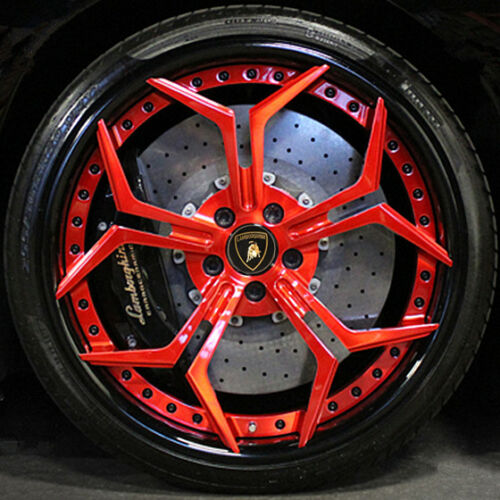
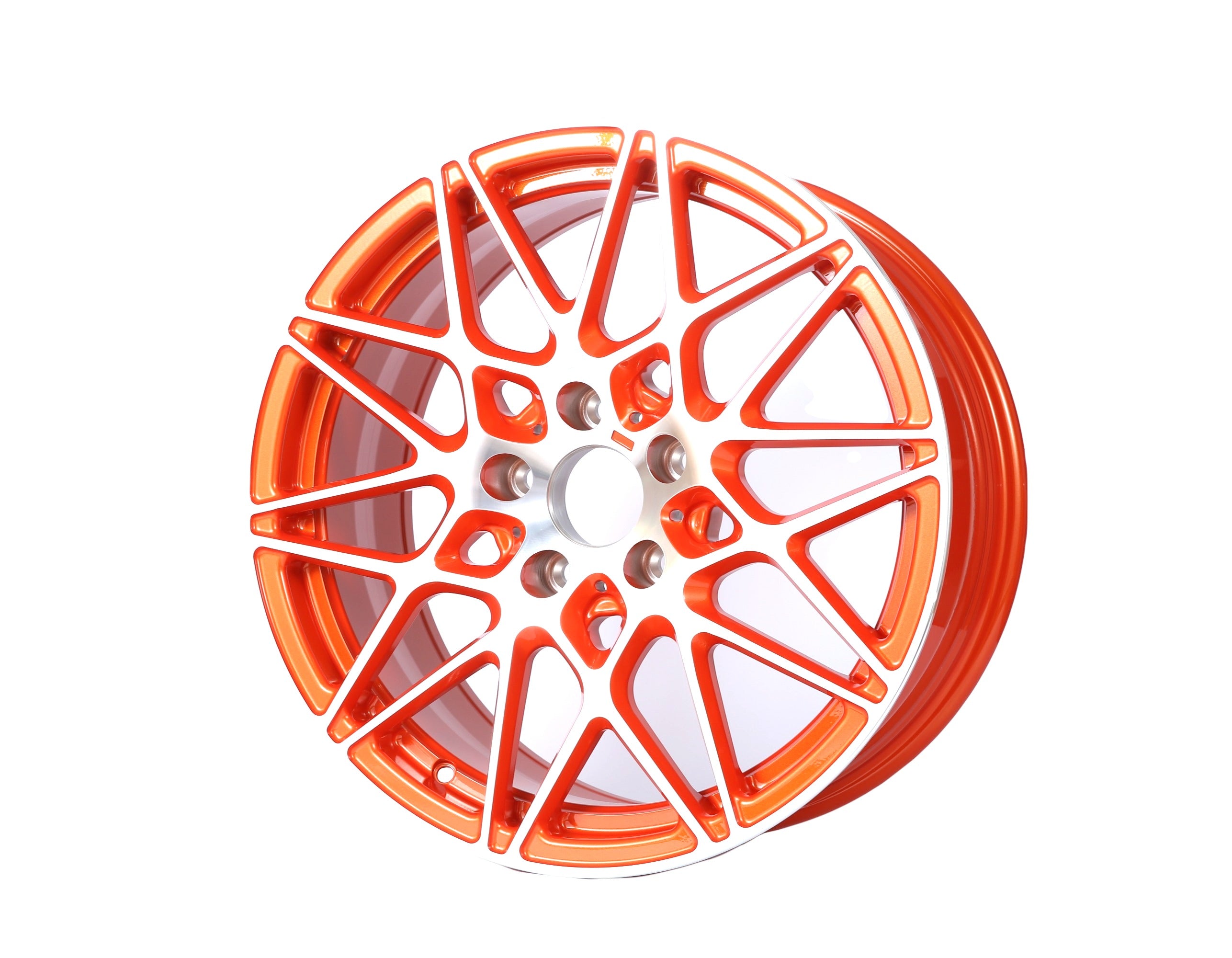
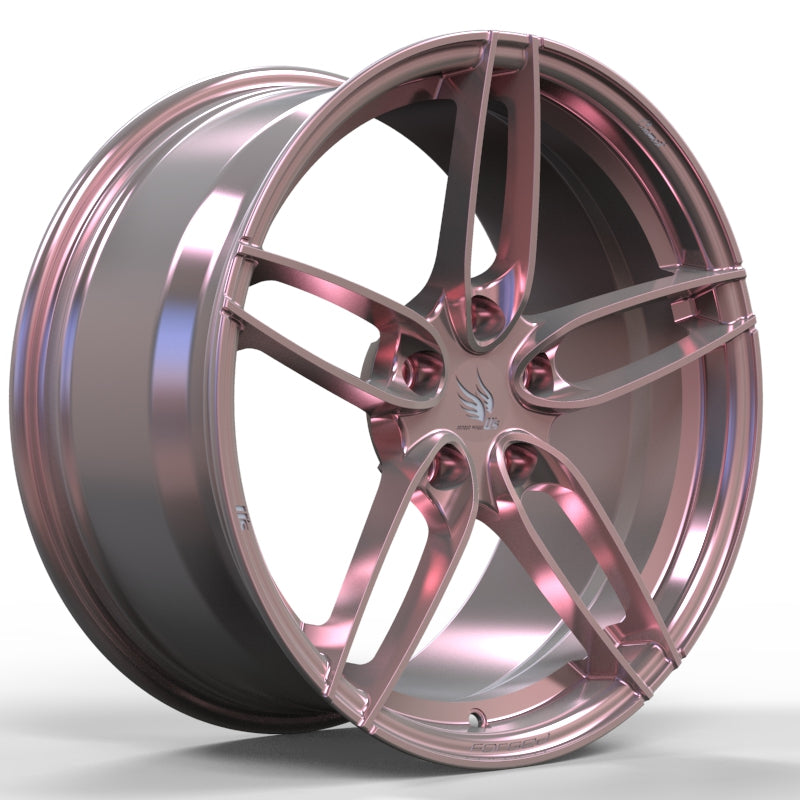
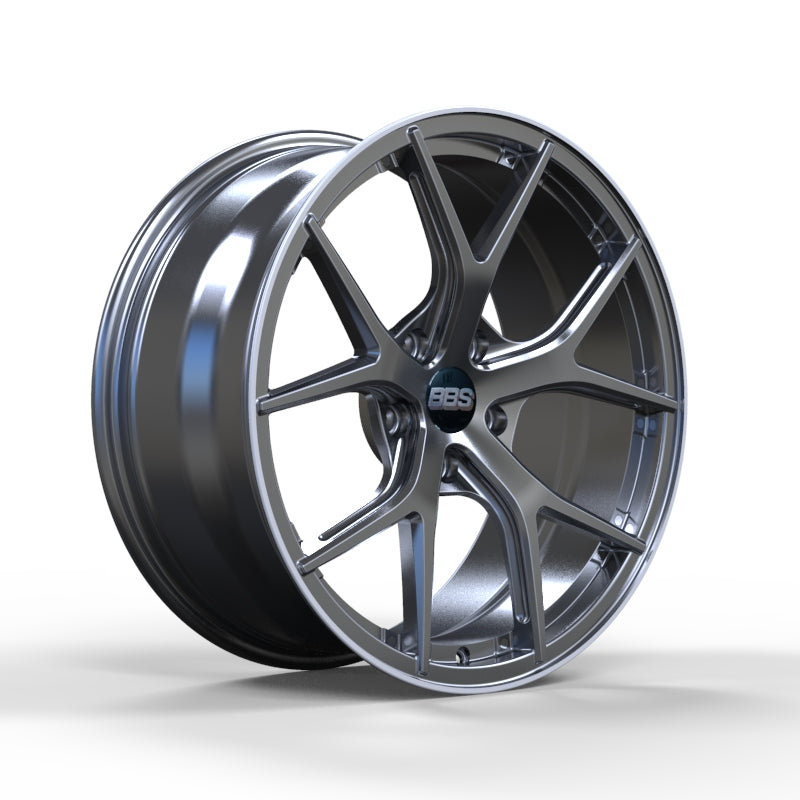
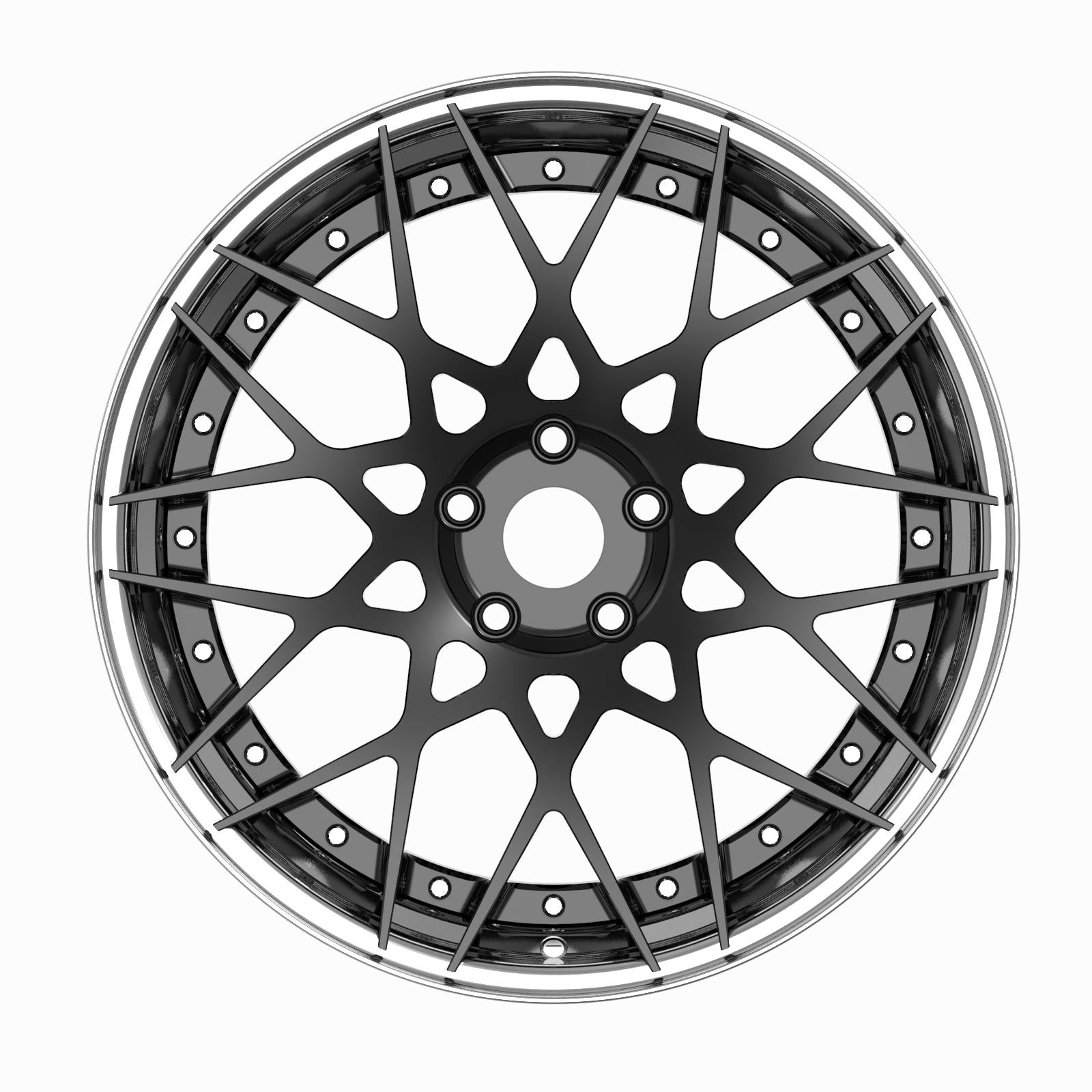
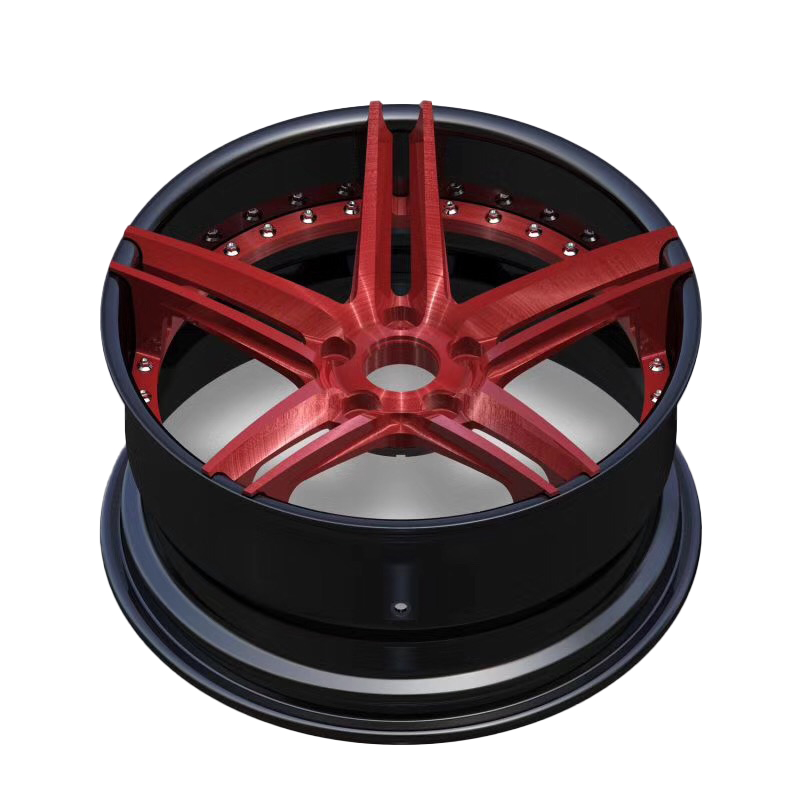
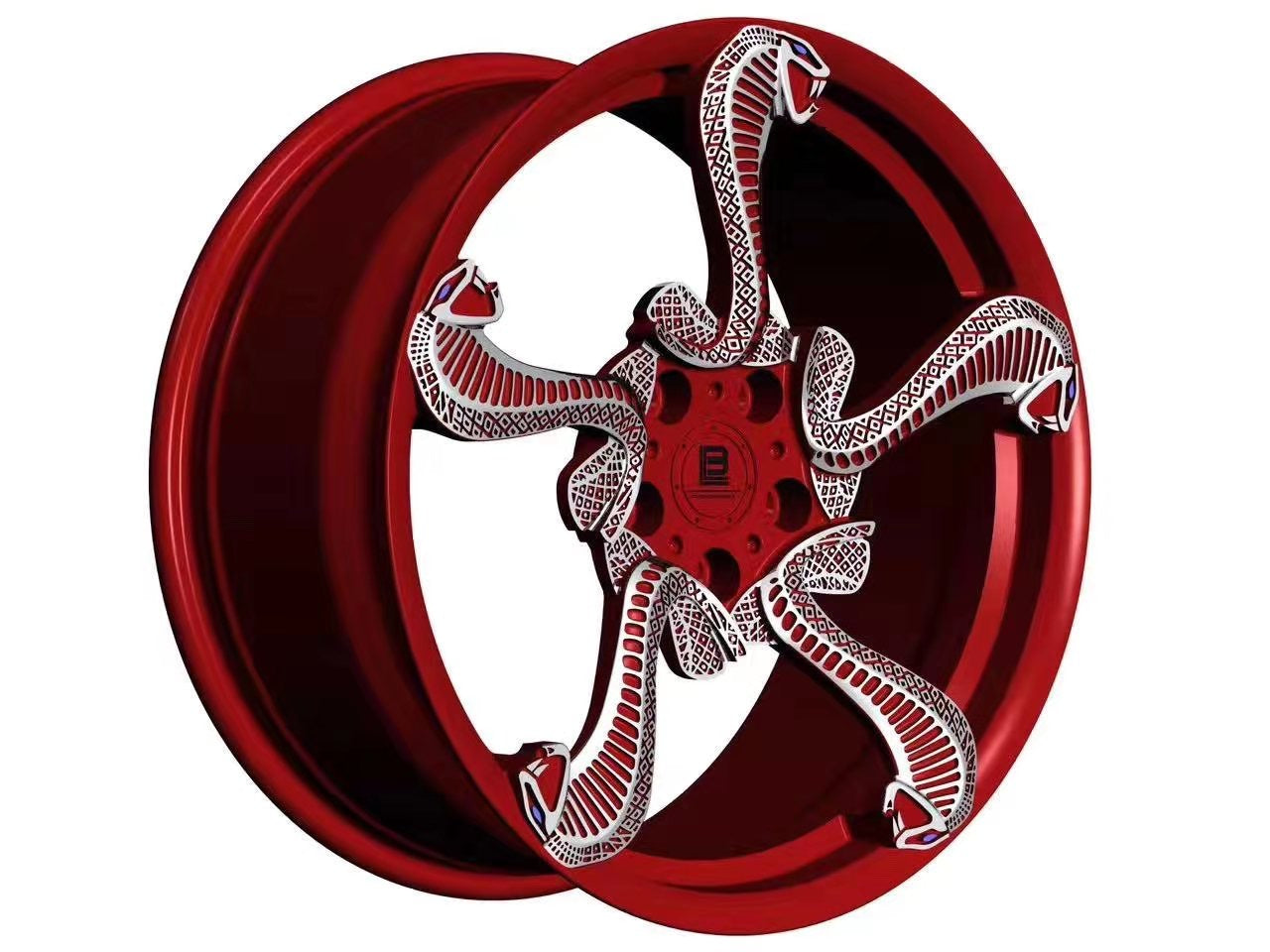
Greet the customer and understand their preferences, budget, and usage requirements for wheel styles and car models.
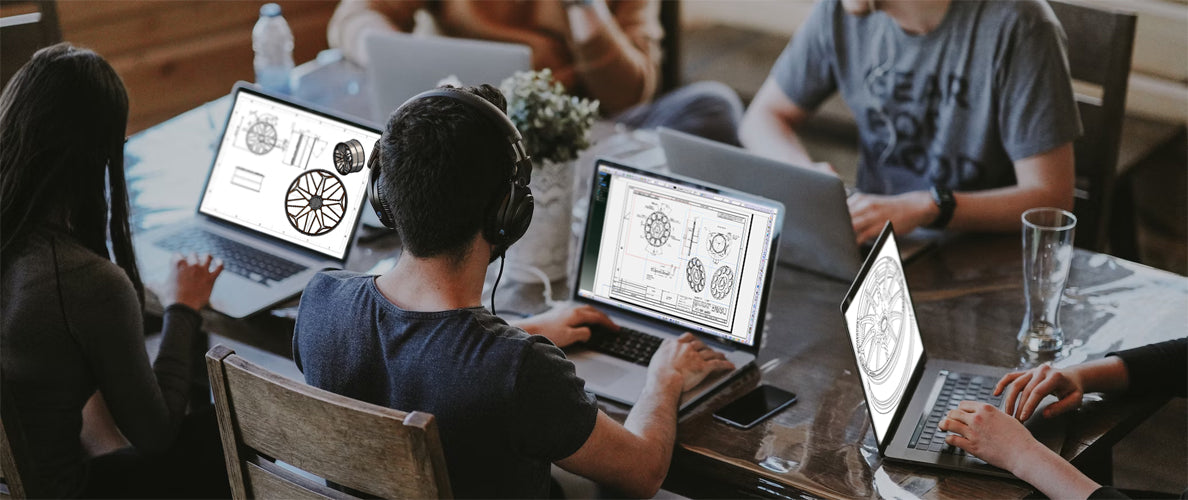
Gathering requirements: Understand the project objectives, client needs, and any specific guidelines or regulation, including the drawings, dimensions, and notes.
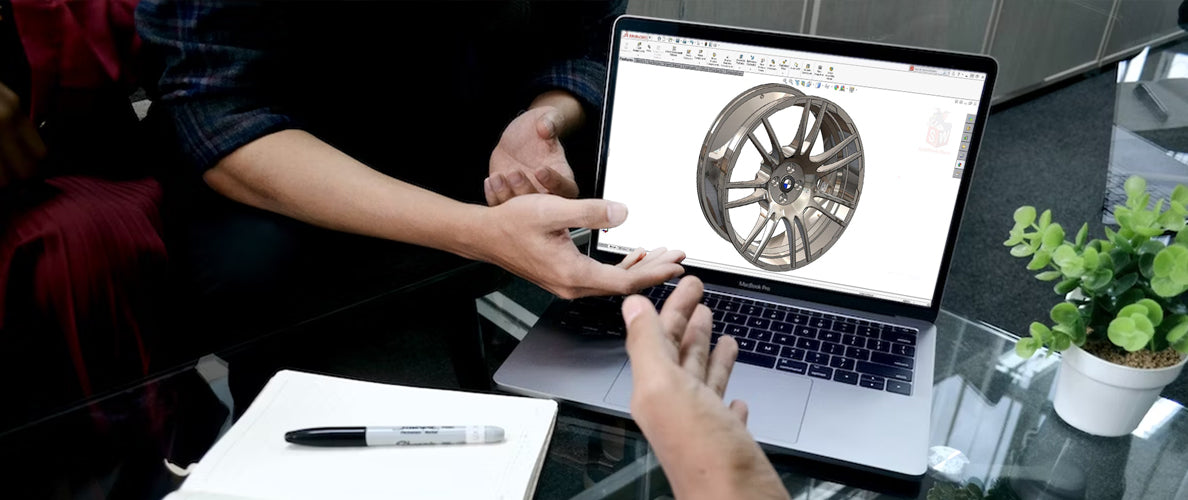
Initial design proposal: We will present the prospective client with a design proposal based on their requirements, preferences, and any specific design guidelines provided.
We validate the strength analysis results through physical testing and comparison with existing empirical data. We also verify that the designed structure or component meets the desired strength requirements and safety factors.

Order assessment: We evaluate the incoming orders, considering factors such as design specifications, customization requirements, quantity, and requested delivery dates.
Utilize specialized software and tools to create and modify programs that control the machining or manufacturing processes. The programs are developed based on the design specifications, so that the precise instructions are created to guide the machinery and equipment in producing the customized auto wheels accurately and efficiently.

Set up the machinery, securing the wheel blank, selecting the appropriate cutting tools, and configuring the machining parameters. The machinery executes the programmed instructions, precisely shaping the wheel according to the desired dimensions, contours, and finishes.
Set up the milling machine, securing the wheel blank, selecting an appropriate face milling cutter, and configuring the milling parameters. The wheel design specifications guide the face milling process, which involves removing material from the flat surface of the wheel to achieve the desired shape and finish.
Use precise measurement tools and techniques to assess the dimensional accuracy and quality of the customized wheels. The measurement process includes taking measurements of key parameters such as wheel diameter, width, bolt hole spacing, offset, and concentricity.
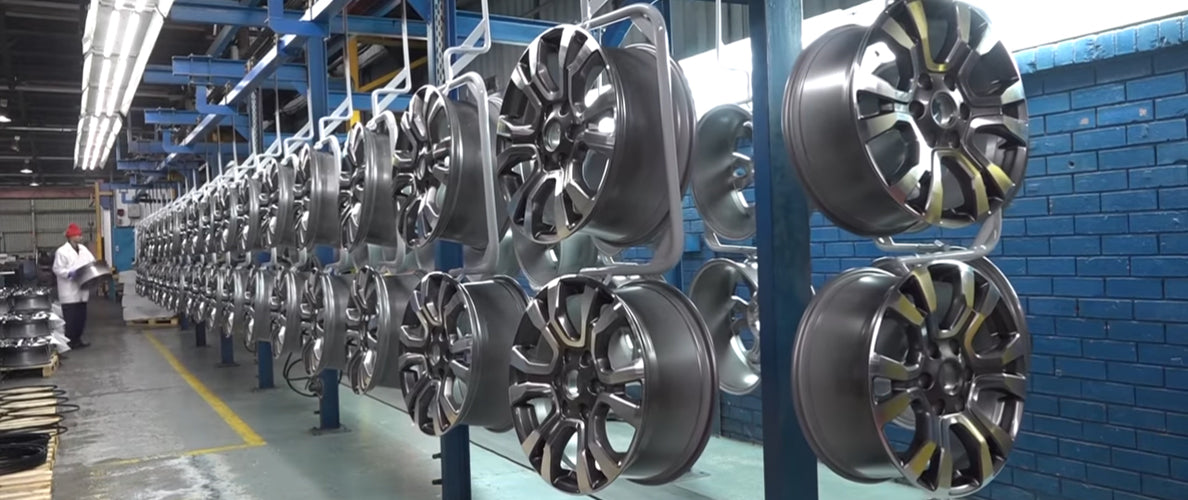
Conduct rigorous inspections and tests to ensure that the customized wheels meet the desired standards of quality, performance, and safety. This includes visual inspections for surface defects, dimensional measurements to verify accuracy, load capacity tests to assess strength, and balance tests to ensure proper weight distribution.

Gather all relevant data and specifications pertaining to the customized wheels, such as dimensions, materials used, design details, and any additional customization features. This information is compiled and organized into a comprehensive report that provides a detailed overview of each customized wheel.

Prepare the wheel surface by cleaning and smoothing it before applying the desired paint or coating. Polishing is performed using abrasive materials or tools to remove imperfections, scratches, or oxidation, resulting in a smooth and shiny surface. Once polished, the wheel is carefully cleaned to ensure proper adhesion of the paint or coating.

Prepare the surface of the wheel by cleaning and prepare it for coating. The clear coat or powder paint is then applied using specialized techniques such as spray coating or electrostatic powder coating, ensuring an even and consistent coverage.
Conduct a thorough visual examination of the customized wheels to identify any surface defects, imperfections, or inconsistencies. This inspection ensures that the wheels meet the desired aesthetic and quality standards.
Carefully package the finished customized wheels to ensure their protection during transportation. This includes using appropriate packaging materials such as foam inserts, bubble wrap, or cardboard boxes to prevent damage or scratches.
